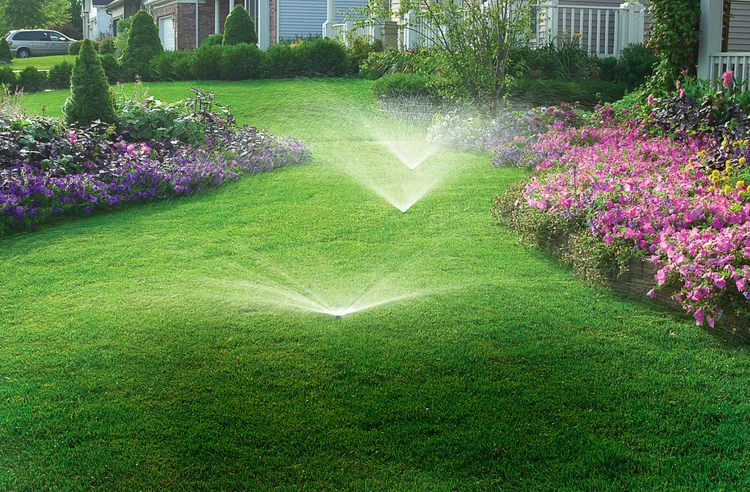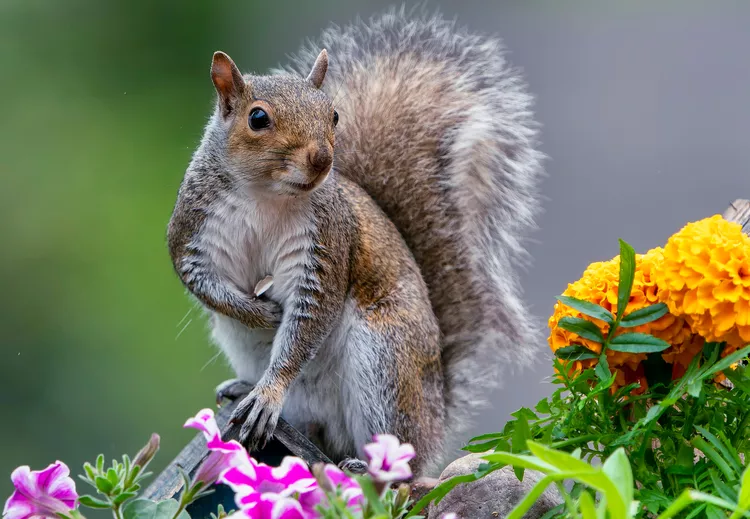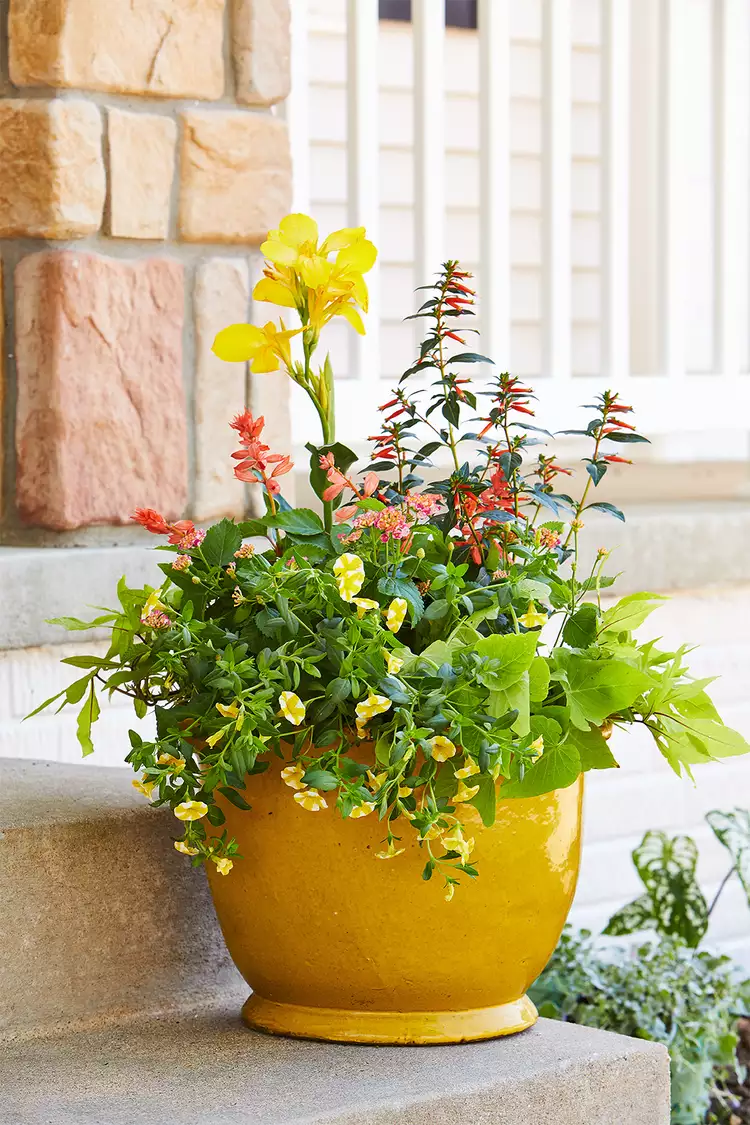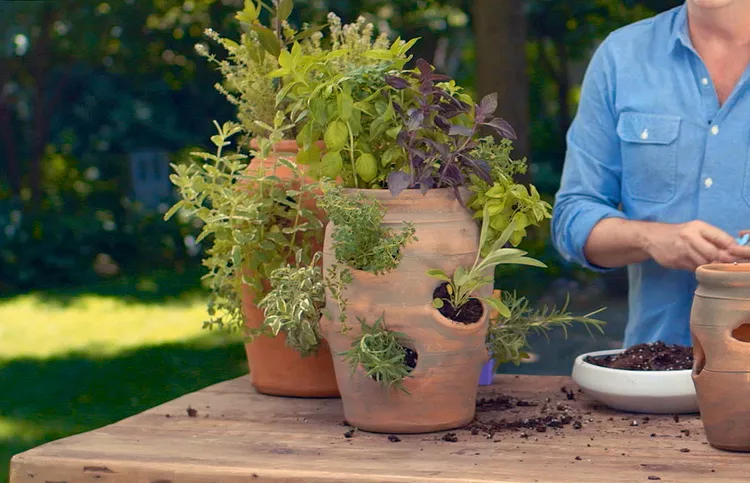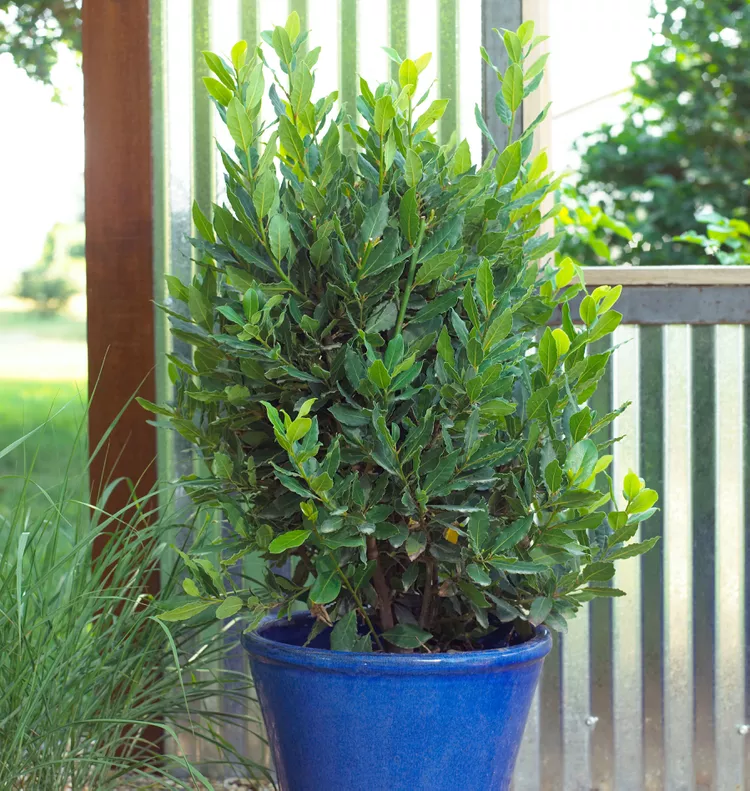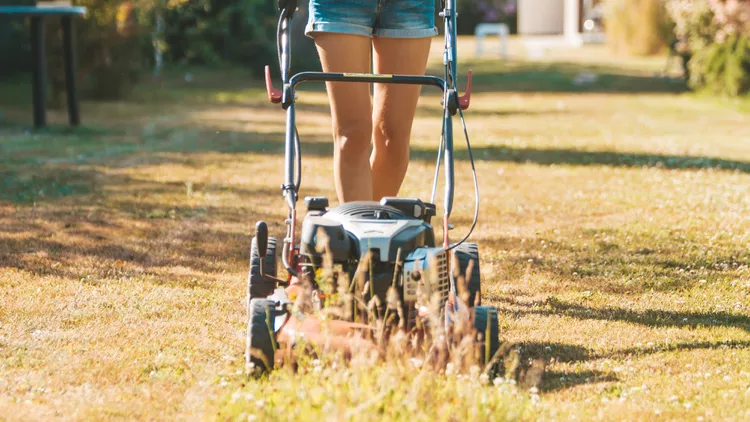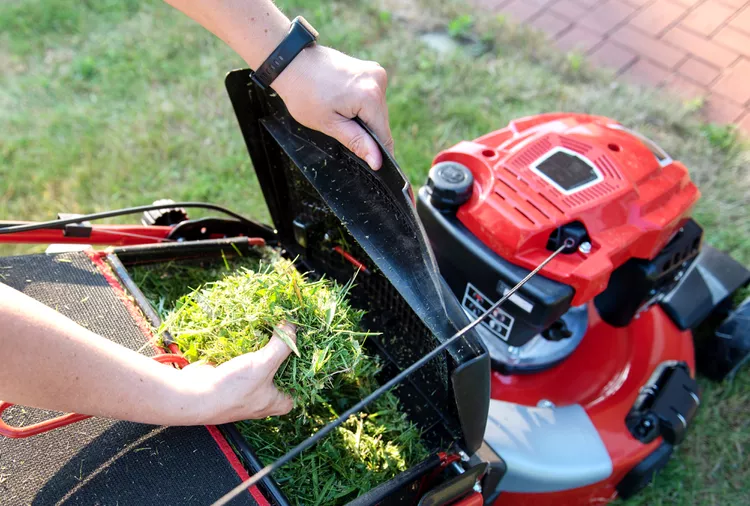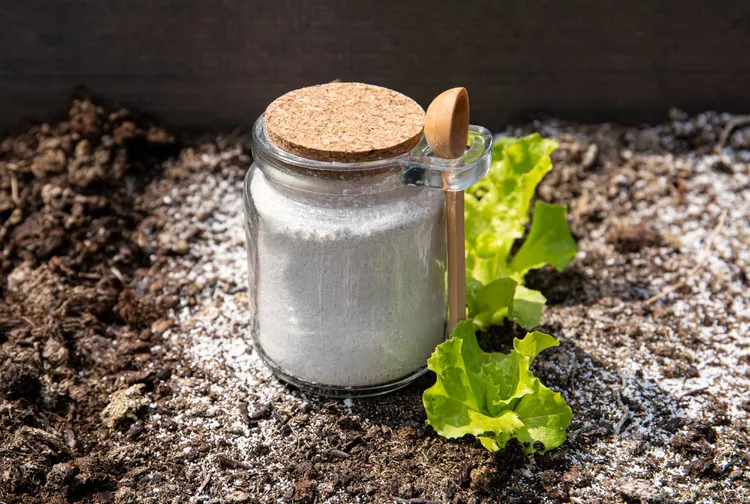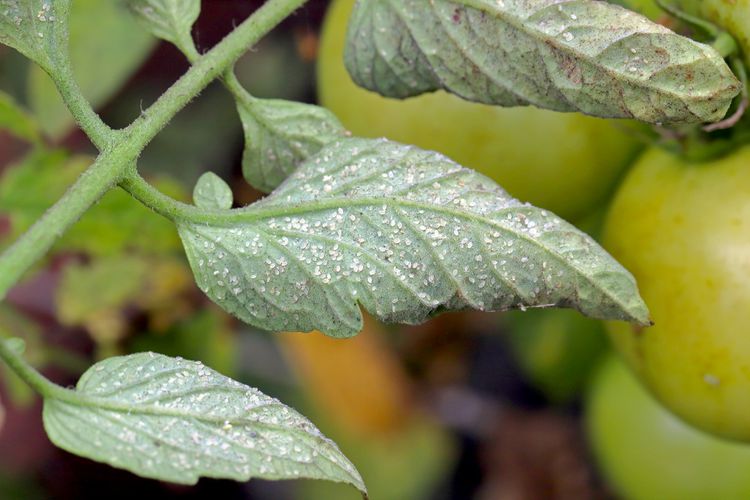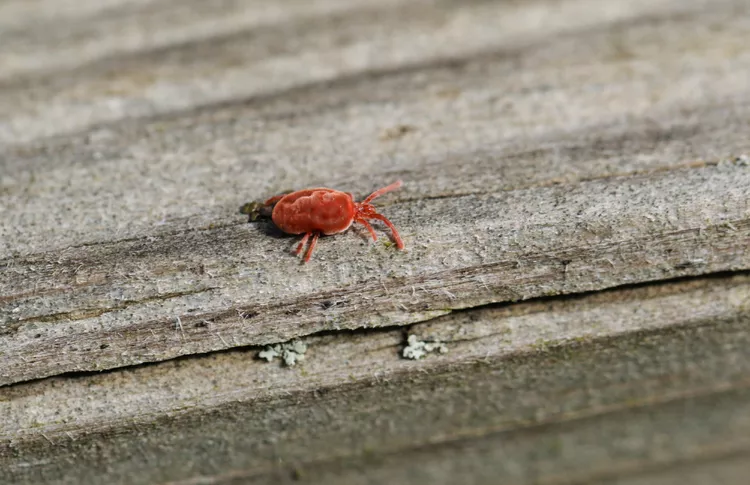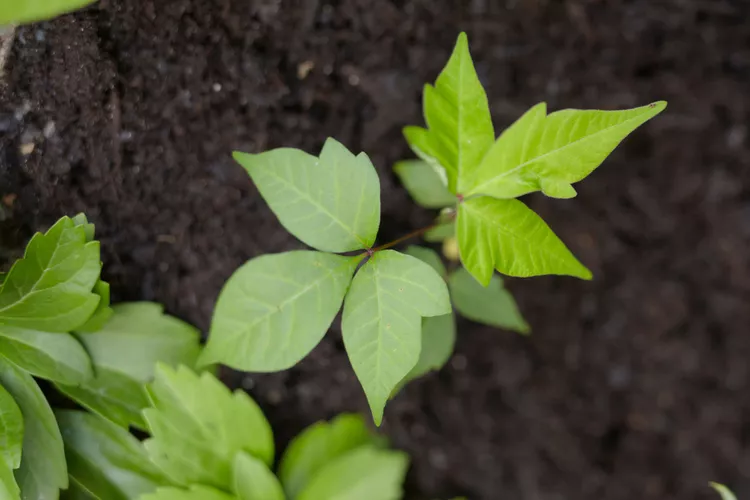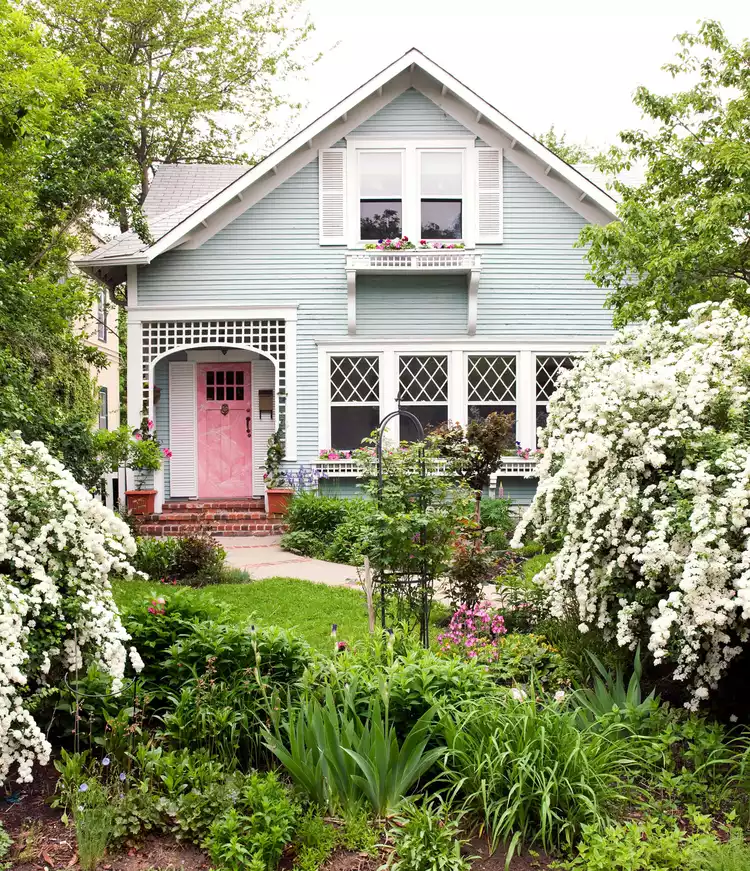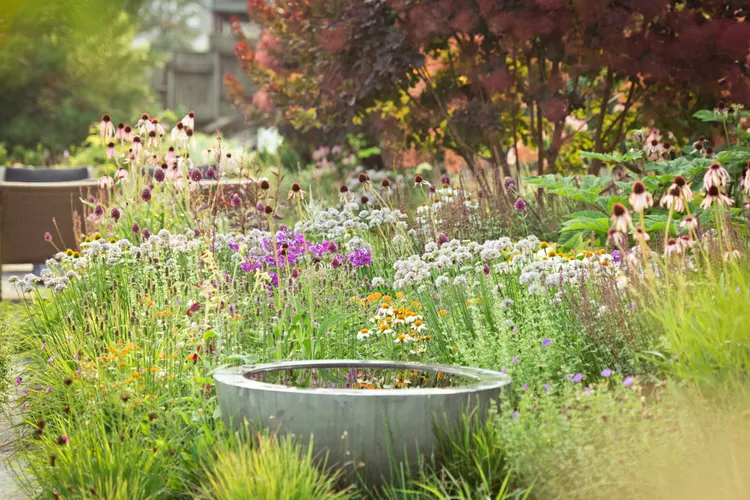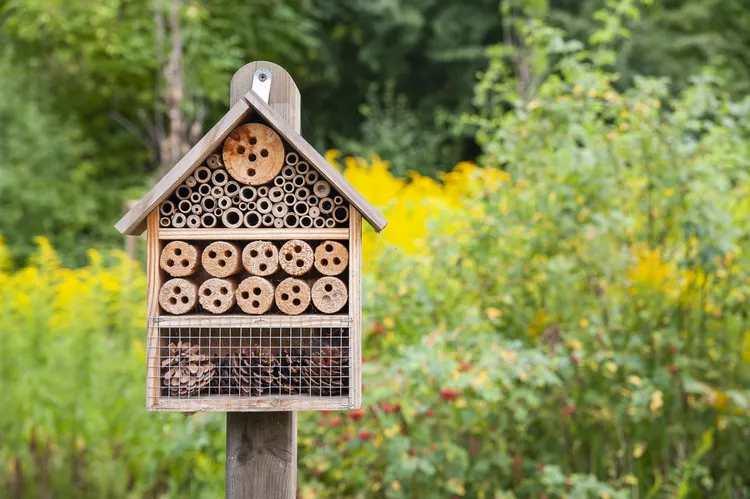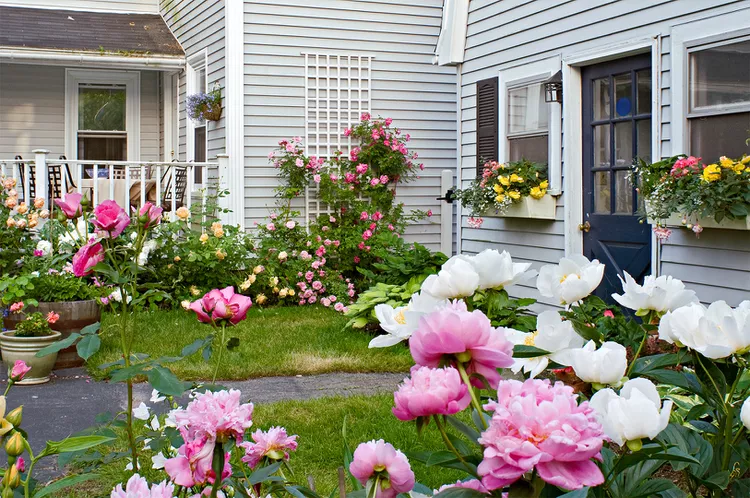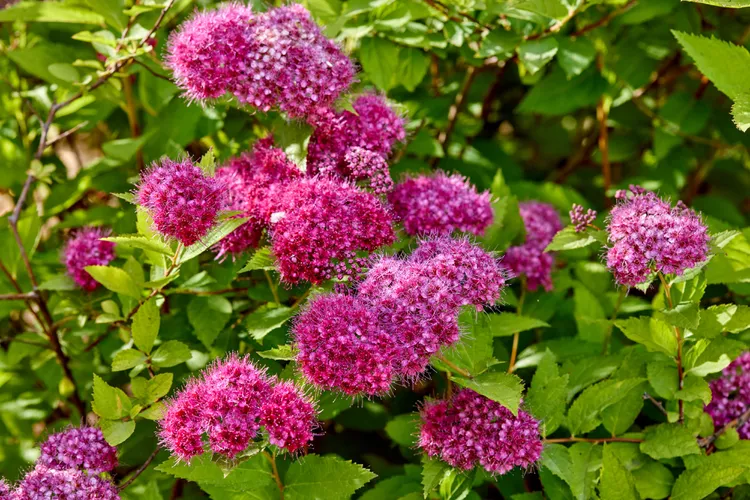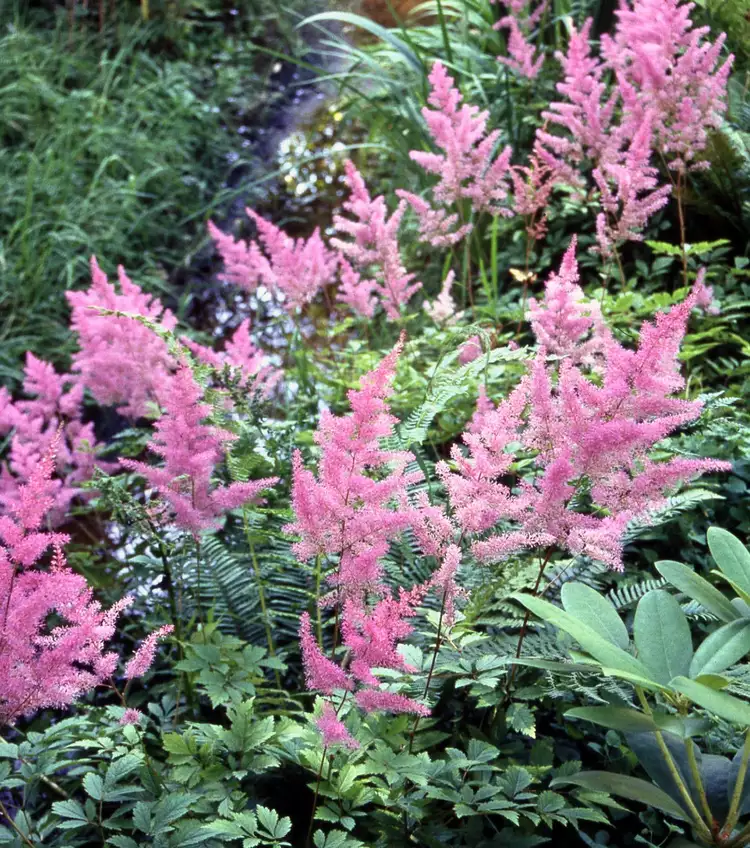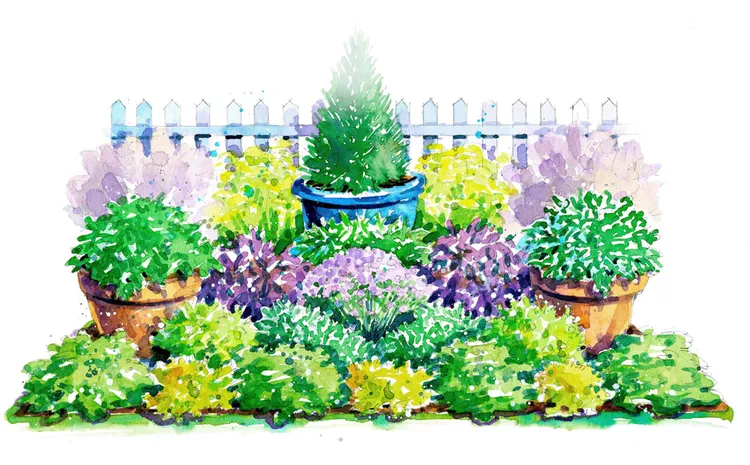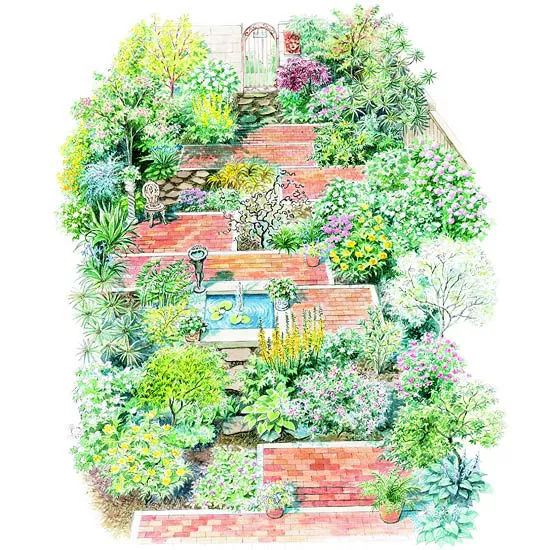The first step in understanding how often and how long to water grass is to choose the best type of grass for your lawn, depending on where you live. Some grasses, such as St. Augustine, will do better in drier locations, while others, like Kentucky bluegrass, need more moisture and cooler air to stay healthy. Properly caring for your grass—through aeration, using the correct mower blade height, and bringing in the best soil, among other things—also makes a difference in how well your grass grows.
Follow these tips to understand how long to water grass, plus how frequently your lawn needs a good soaking.
Signs Your Lawn Needs Watering
How do you know how often and how long to water grass? It’s time for watering when you see these three signs:
- Curled-up leaf blades in the evening. Wilting blades during the highest heat of midday sun is not a good indicator; check the condition of the leaves in the evening instead.
- Blue-gray blade color, instead of green.
- Footprints or lawn mower tire tracks remain visible long after being made.
None of these signs indicate that your grass is about to die: Turf grass can turn brown and go dormant but stay alive for three to four weeks. If you live in an area with water restrictions, it’s a good idea to let your grass go dormant between waterings. When you reach three or four weeks without rain, water the grass long enough to moisten the top 5 inches of soil. This keeps grass alive, but there may not be enough water for the lawn to green up.
Always allow the soil to dry out, and wait until the blades wilt before turning on your lawn irrigation system again.
Watering daily wastes water and clogs the air spaces between soil particles that the roots need. When grass seed roots can’t breathe or grow, or grass blades are wet for longer than 14 hours, they become vulnerable to various diseases and pests.
How Much Water Your Lawn Needs
Generally, it’s best to water your lawn deeply, but less frequently. This practice encourages turfgrass to develop deep roots that sustain it better through periods of drought.
When you do water your grass, apply about 1 inch of water.
You can determine how long it takes your water sprinkler to distribute 1 inch of water by placing several shallow containers on your lawn while running the sprinkler for 30 minutes. Measure the depth of the water in the containers. The average depth times two is the number of inches of water per hour your water sprinkler system emits; this simple calculation will tell you how long it takes your sprinkler to distribute 1 inch of water, so you know how long to run it to get that just-right amount of water.
Other Factors to Consider When Deciding How Often (and How Long) to Water Your Lawn
Determining how long to water grass, how often to water, and when to water are questions you can answer only when you consider your soil, grass species, and weather.
Soil Quality
A healthy lawn needs good soil, just like a garden. Your lawn soil should be well aerated with at least 4 to 5 percent organic matter. If your lawn struggles despite your best efforts, test your soil. (Your local Cooperative Extensive Service can assist you.) Poor or dry soil may require more frequent watering.
Weather
Cool, wet weather gives you a break from lawn irrigation tasks. If your sprinkler system is set on an automatic timer, check it frequently so you can turn it off after a stretch of rainy days.
Dew Period
The best time to water the lawn is generally between 4 a.m. and 8 a.m., or during your lawn’s natural dew period, to reduce the amount of water lost to evaporation. Double-check the natural dew period in your area to be sure you’re watering at the right time of day.
Grass Height
Grass cut at 3 inches tall retains more water than grass cut at 2 inches; keeping your grass cut to the proper height can reduce how often you need to water, and how much water your lawn needs.
